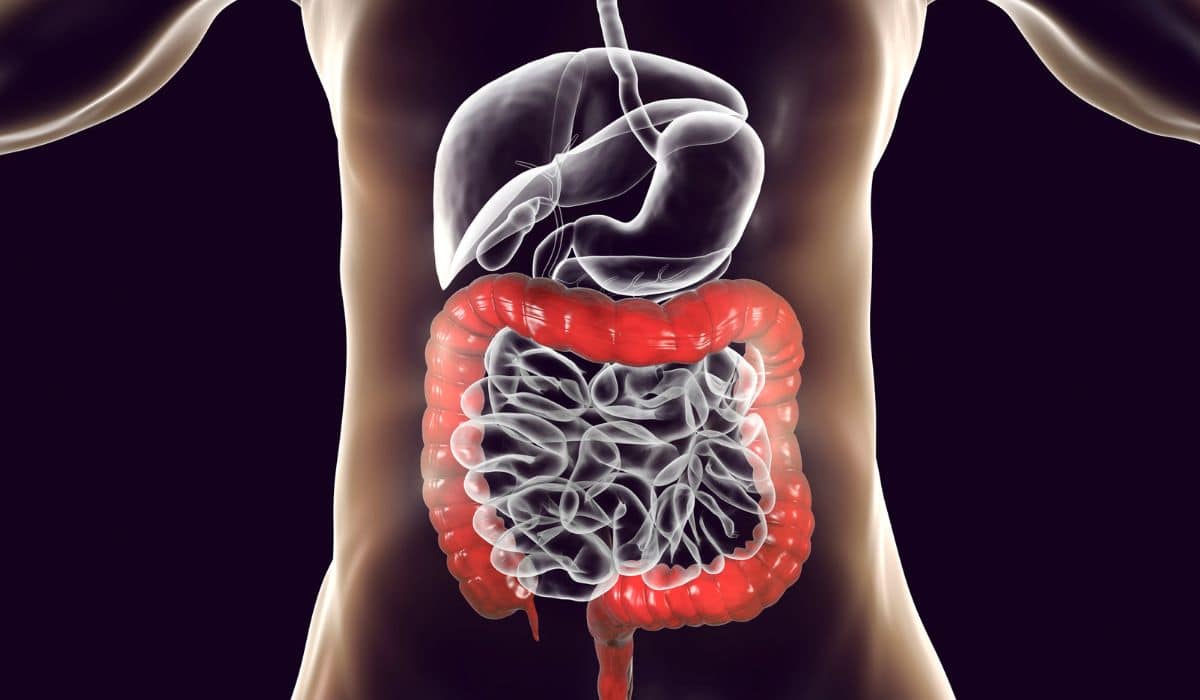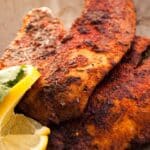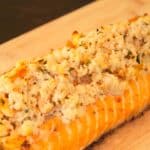
Weight loss is easier with a friend...so how about a few trillion of them?
Granted, these particular friends aren’t very sociable, and they probably won't like any of your meal photos on Instagram. But they sure can help you lose weight in the least painful way possible.
If you haven’t figured it out by now, the "friends" are the bacteria (and other wee beasties, but they're mostly bacteria) that live in your gut. They're also called the gut microbiota, the gut flora, or "gut bugs." You can learn all about them at our gut portal here.
Gut bacteria affect your weight in a couple ways. This review is free to read and runs through all of them exhaustively if you want to really get into it, but here’s the short version:
- They change how much energy you get from your food. Some people "waste" a lot of calories from their food because they have gut bacteria that are really inefficient.
- They affect inflammation. Inflammation drives fat accumulation in ways that are too complicated to go into detail about here, but here’s a whole paper on it if you’re interested.
- They affect feelings of hunger and fullness.
- They affect insulin sensitivity and metabolic health.
So if you’re trying to lose weight, you really want all these guys on your side. Here are 6 ways to make that happen:
1. Go to Bed
Sleep deprivation is one of the worst things you can do for your gut bacteria. In this study, researchers took normal-weight men and let them sleep only from 2:45 to 7 AM (that’s about 4 hours) for two nights in a row. After just two nights of partial sleep deprivation, the men had a bunch of changes in their gut bacteria that are associated with different metabolic problems. They also had lower insulin sensitivity.
This study was in mice but still interesting. The researchers subjected the poor mice to chronic "sleep fragmentation," otherwise known as "having a really terrible night of sleep where you kept waking up." At the end of 2 weeks, their gut bacteria looked bad. And to go with their gut problems, they had more inflammation in their fat tissue, more fat tissue, lower insulin sensitivity, and significant gut barrier disruption. Ouch. Don't be these mice: get enough sleep!
This study took another approach: it linked shift work to obesity through the gut bacteria. It’s well-known that shift work is associated with obesity, and this study offers some evidence that the reason has to do with the gut bacteria. Because shift workers sleep for less time on average, their gut bacteria are disturbed, making them more susceptible to weight gain and metabolic disease.
Long story short: if you want your gut on your side for weight loss, go to bed.
2. Consider Intermittent Fasting
The bacteria that live in your gut have a circadian cycle – different species are more prominent at different types of day. In obesity, that cycle is blunted. (If that sounds familiar, it might be because the circadian rhythm of the hormone cortisol is also often blunted in obesity). But it turns out you might be able to get the circadian gut cycle up and running normally again with some clever food timing.
In this study, the researchers first took a bunch of mice and made them really fat by feeding them junk food. Then they tried a time-restricted diet, where the mice were only allowed to eat during their natural feeding periods (for mice, that’s night time, but for humans, the equivalent would be only eating during the day – no midnight snacking). The time-restricted feeding partly restored the normal circadian cycle of gut bacteria, especially species involved in metabolism. And it helped reduce body fat percentage in the time-restricted mice.
It's one mouse study. It's not conclusive proof of anything - but there are also all kinds of other benefits to intermittent fasting, or at least not eating a lot of junk food at night. It might be worth considering as an addition to your weight-loss plan.
3. Eat a Variety of Vegetables
When they first start out with Paleo, some people like to make the same meals all the time. It’s easy, it’s pretty mindless, it saves time on prep and shopping, and it builds a healthy routine. But meals based on this template tend to revolve around a limited set of vegetables. And that can be less than ideal, because it means that you’re getting a pretty repetitive diet where fiber is concerned.

Fiber is food for your gut bacteria. Whatever types of bacteria you feed, those are the types that will grow. So if you’re always eating the same type of fiber, you’ll get a fairly limited range of gut bacteria. Unfortunately, bacterial diversity is probably best for weight loss, and one of the best ways to get there is to eat a wide variety of fiber types.
Here’s a way to do that without adding a lot of difficulty to your cooking routine: group vegetables by how you like to cook them. For example:
- Roasting vegetables: beets, squash, cauliflower, eggplant…
- Pan-frying vegetables: onions, mushrooms, spinach, kale…
- Raw vegetables: carrots, salad greens…
You can adjust the categories as necessary or put one vegetable in more than one category. But the idea is to plan your meals based on category, not on a specific vegetable type. For example, Thursday dinner could be "chicken thighs + roasting vegetable," not specifically chicken thighs with beets. That way you can get more diversity in vegetables without changing much about your cooking routine or adding any difficulty.
(The obvious caveat to this: some people have sensitivities to certain carbohydrates, like FODMAPs carbohydrates. In that case, it may be better to hold off on those until your gut can handle them.)
4. Be Consistent About Your Diet
As this review discusses, short-term dietary interventions do change gut bacterial composition...in the short term. You can put people on any kind of extreme diet and watch their gut bacterial composition go crazy. But the short-term changes don’t last. Gut bacteria are remarkably resilient and always happy to go back to "normal" – which in this case is based on whatever you usually eat.
This means that cultivating healthy gut bacteria takes consistency. Whatever diet works for your gut, eat that way consistently and regularly. It takes a while to get your gut bacteria to recognize something as the "new normal."
5. Go to the Gym
There are all kinds of reasons why exercise is good for you. It’s great for weight loss even though it doesn’t burn a lot of calories – burning calories isn’t the point. But one of the many reasons why exercise is helpful is that it makes your gut bacteria happy. There’s not a lot of research studying this in humans – mostly just this study finding that exercise is associated with greater microbial diversity in the gut, which is great, but it's one study and it's just proving an association. There’s a lot more evidence from rat studies and mouse studies showing that exercise alters the composition of the gut microbiome in ways that help the rats and mice stay lean (or lose weight, if they’re already obese).
But the reason that exercise makes it onto this list is this study. It was in mice, but the results suggested that the benefits of exercise are totally different from the benefits of changing your diet. So there’s at least some evidence that exercise and diet aren’t just interchangeable in this regard, which is a pretty good argument for doing both.
6. Take a Probiotic with Lactobacillus Strains
N.B. all the usual caveats about supplements apply to probiotics – there’s a huge amount of fraud out there, so don’t waste your precious money on junk and fakes.
Probiotics basically add some healthy bacteria to your gut. There's an enormous range of probiotic species available in supplement form, but this review suggests that Lactobacillus strains are probably the ones to look for. Those are the probiotics that get results like reductions in body weight, and more importantly, body fat. Or better cholesterol profiles in people with Type 2 diabetes.
As the name suggests, Lactobacilli are mostly associated with fermented dairy products, but you can get them in dairy-free probiotic supplements, too.
What are your strategies for getting your gut bacteria on board with your weight loss efforts?





Leave a Reply